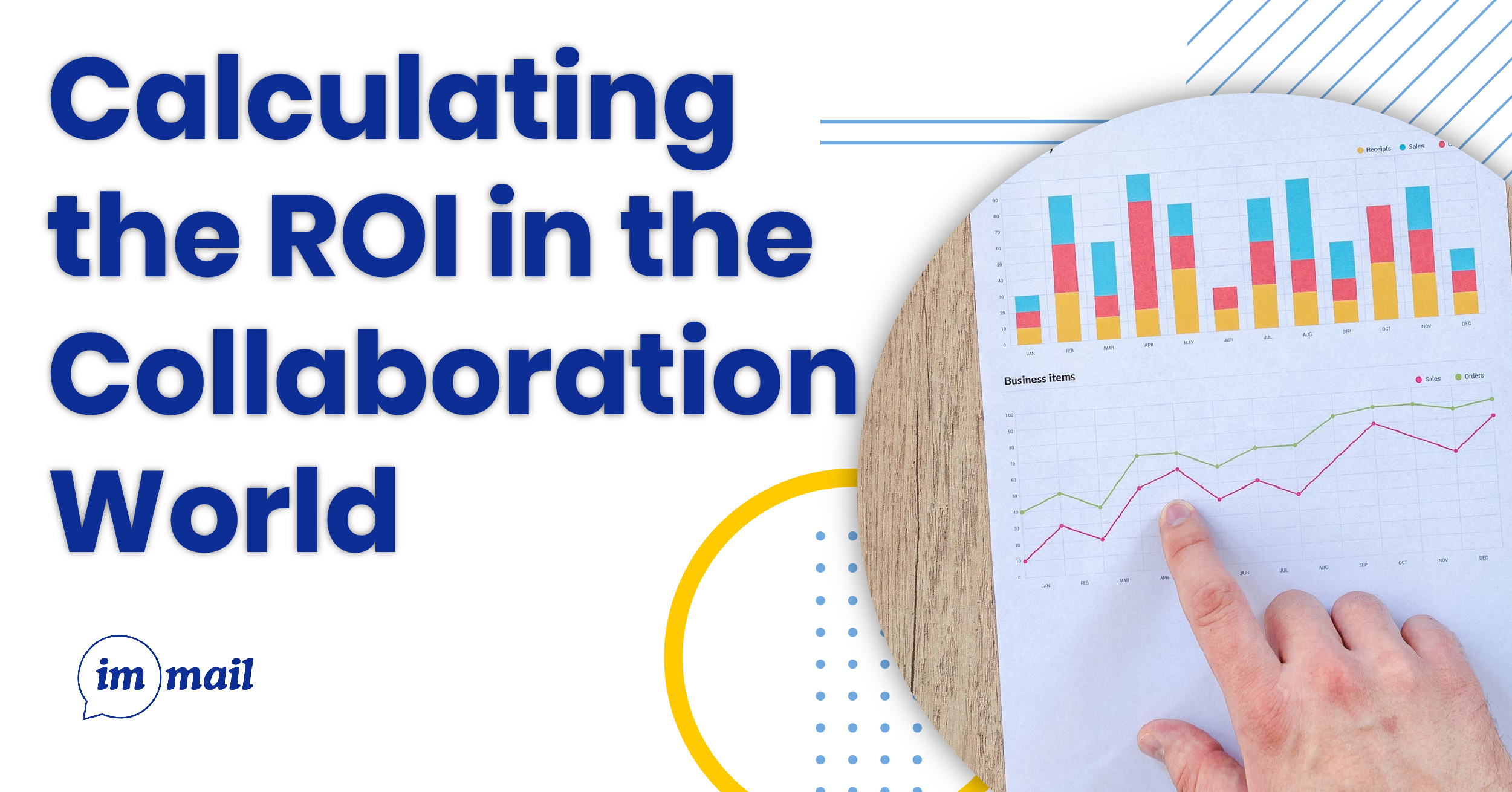
How to Calculate Your Project’s ROI
These days, it’s quite easy to find a technology to collaborate with your team. Even personal IM apps are being used for free to help teams collaborate. With all of these options, which tool is the one that will bring the best return on investment for your organization?
First, we need to understand some key concepts:
What is Return on Investment?
According to Tim Stobierski from Harvard Business Review, “Return on investment (ROI) is a metric used to denote how much profit has been generated from an investment that’s been made. In the case of a business, return on investment comes in two primary forms, depending on when it’s calculated: anticipated ROI and actual ROI.”.
Anticipated vs. Actual ROI
Anticipated ROI, or expected ROI, is the total estimation of costs, revenues, and other factors to hypothesize the potential profit that a project could make. This is useful in deciding if the launch and completion of the project will be lucrative or not.
The hypothesized profit is then put through several different scenario tests, establishing different results to further determine the risk value for each. The varying risk values then conclude whether or not the project is viable at this time.
Actual ROI is, in fact, the project’s actual return on investment. It is calculated through the final costs and revenues of the project once the project has been completed. This sum can then be compared with the anticipated ROI, to see how it correlates to the actual ROI.
ROI Formula in Project Management
Tim Stobierski shows us in laymen’s terms how to calculate ROI, “Return on investment is typically calculated by taking the actual or estimated income from a project and subtracting the actual or estimated costs. That number is the total profit that a project has generated, or is expected to generate. That number is then divided by the costs.”
In formula used in project management differs slightly:
ROI = [(Financial Value – Project Cost) / Project Cost] x 100
Calculating the ROI in the Collaboration World
If you want to understand how ROI works in the collaboration world, you need to take into consideration two important variables:
- Productivity Increase – How much will the productivity of my organization/team increase with this tool?
- OPEX reduction – How much money will this product save my company?
In terms of productivity, it’s difficult to accurately measure how a collaboration tool impacts your productivity. To help you to measure this impact, you can ask your team the following questions:
- “Since adopting the software, can I do my work faster in comparison to what I was doing before?”
- “Since adopting the software, can I access contacts or information faster in comparison to what I was doing before?”
- “Since adopting the software, can I have things approved faster in comparison to what I was doing before?”
For each of the questions above, gain an objective answer from your team. You can use a range scale such as “strongly disagree, disagree, neutral, agree, or strongly agree”. If you wish for a numerical response, add a value to each phrase, for instance, “strongly disagree = -2x faster and strongly agree = 2x faster”.*
*Note* I felt this scale might make it easier and more tangible for the reader to understand.
In terms of cost reduction, the easiest way to measure the positive impact of collaboration software is to list “collaboration costs” the company had in comparison to the status of these costs after the software was implemented. For example:
- “Were traveling costs reduced after the implementation of the software? By how much?”
- “Were the costs of telecommunication reduced after the implementation of the software? By how much?”
- “Were the costs of infrastructure (office, supplies, energy, etc.) reduced after the implementation of the software? By how much?”
After you gather all this information from your team, you can calculate the ROI of the software by implementing the following equation:
% ROI = [($ of cost reduction in a year + ($ of revenue increase in a year) / Project cost in a year]
As a result, you now know if the collaboration software you bought increased your company’s ROI or not.
Did you know that imMail can help you decrease your OPEX by up 25%?
Get to know more in imMail.ca


